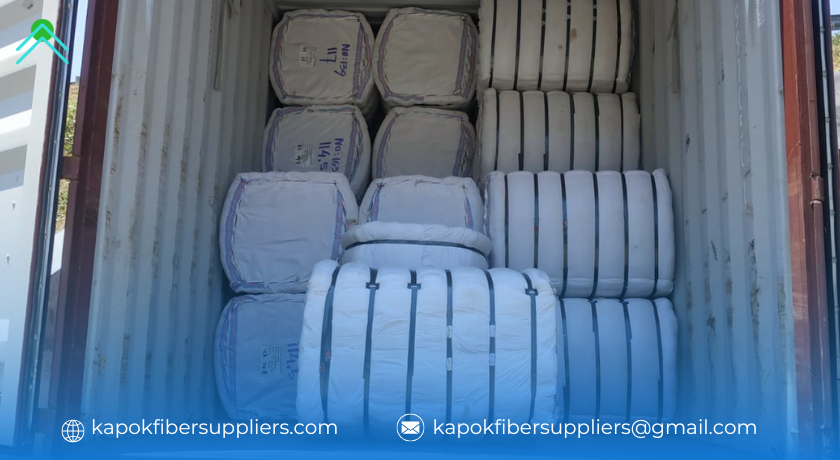
- Exploring the Different Types of Fibers
- Why Fibers Matter More Than Ever
- Industries Leading the Fiber Revolution
- The Future of Fibers: Smarter, Greener, and Stronger
- Conclusion: The Next Generation of Fibers
Fibers have been a fundamental part of human civilization for centuries, but their role is rapidly evolving. No longer just materials for clothing, fibers now power innovation in industries ranging from aerospace to healthcare. With the rise of sustainability and technology, fibers are becoming stronger, smarter, and more eco-friendly. Let’s explore the future of fibers and their growing impact.
Exploring the Different Types of Fibers
The fiber industry is undergoing a transformation, with new materials emerging to meet global demands. Here are some key categories:
- Natural Fibers – Sourced from plants (kapok, flax, hemp) and animals (silk, wool), these fibers are biodegradable and sustainable.
- Synthetic Fibers – Engineered materials like polyester, acrylic, and spandex, designed for durability and versatility.
- High-Performance Fibers – Carbon fiber, aramid, and glass fibers, used for their strength and resistance in advanced industries.
- Smart Fibers – Technologically enhanced fibers with features like moisture-wicking, UV protection, and embedded sensors.
Why Fibers Matter More Than Ever
With growing environmental concerns and technological advancements, fibers are redefining industries with their unique properties:
1. Strength and Flexibility
Materials like carbon fiber and Kevlar are making vehicles lighter and more fuel-efficient while improving safety standards.
2. Eco-Friendly and Sustainable
Natural and bio-based fibers are replacing plastic-based textiles, reducing pollution and waste in multiple sectors.
3. Smart and Responsive Technologies
Conductive and temperature-sensitive fibers are leading the way in wearable technology and adaptive textiles.
4. Lightweight and Comfortable
Fibers like kapok and bamboo offer breathable, hypoallergenic, and moisture-resistant properties for bedding and clothing.
Industries Leading the Fiber Revolution
Fibers are making a difference across industries, with groundbreaking applications such as:
- Aerospace & Automotive – Advanced composites reduce weight and enhance performance.
- Medical & Healthcare – Antibacterial and bio-compatible fibers are used in wound dressings and medical implants.
- Fashion & Textiles – Sustainable fibers are helping the fashion industry shift towards circular production models.
- Smart Wearables – Interactive clothing embedded with sensors is changing fitness and healthcare monitoring.
- Eco-Friendly Packaging – Plant-based fibers are replacing plastic materials in biodegradable packaging.
The Future of Fibers: Smarter, Greener, and Stronger
New advancements in fiber technology are set to redefine industries worldwide:
- Biodegradable Innovations – Research in organic fiber production is reducing synthetic waste.
- Self-Healing Fibers – Textiles capable of repairing themselves will extend product lifespans.
- Energy-Storing Fibers – Smart textiles with built-in power sources could revolutionize electronics and wearables.
Conclusion: The Next Generation of Fibers
Fibers are no longer just about fabrics; they are reshaping the world through innovation, sustainability, and performance. Whether enhancing vehicle efficiency, revolutionizing healthcare, or driving sustainable fashion, fibers are at the forefront of a global transformation.
Are you ready to embrace the fiber revolution?

